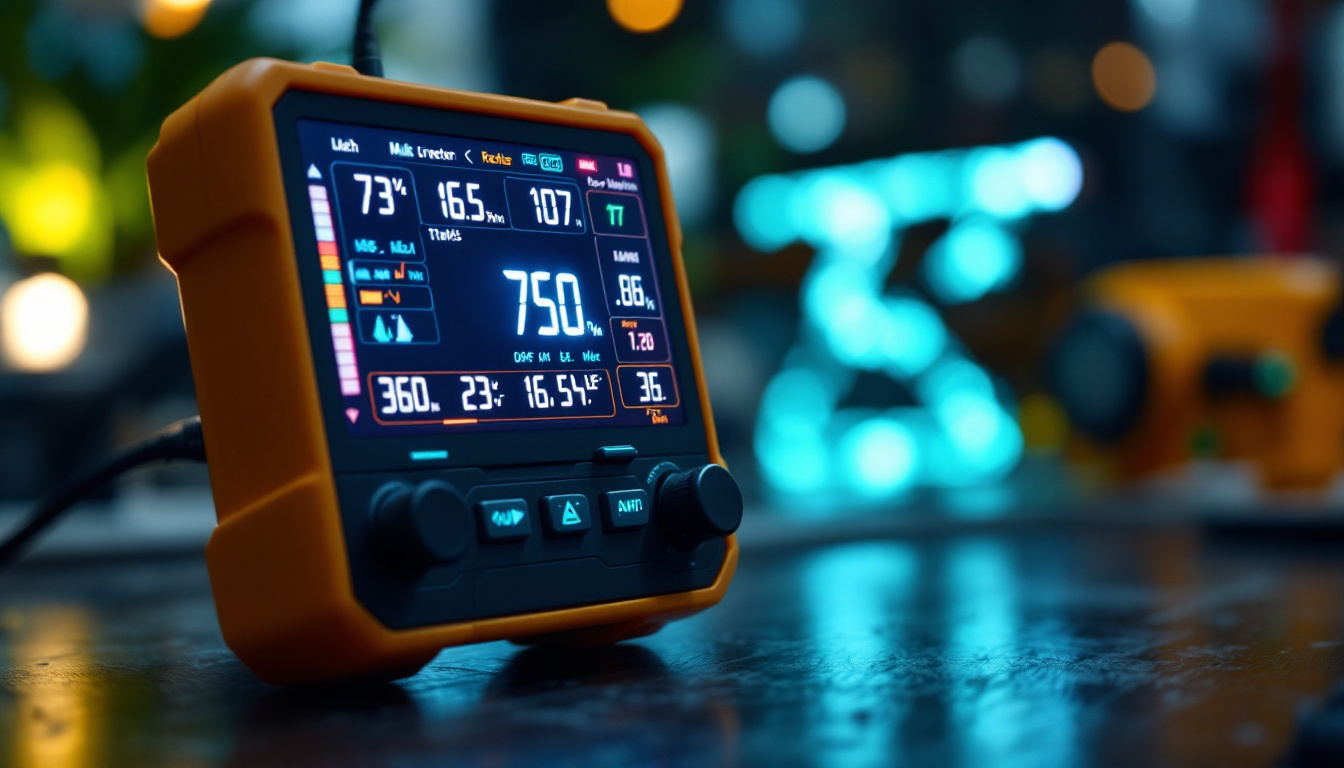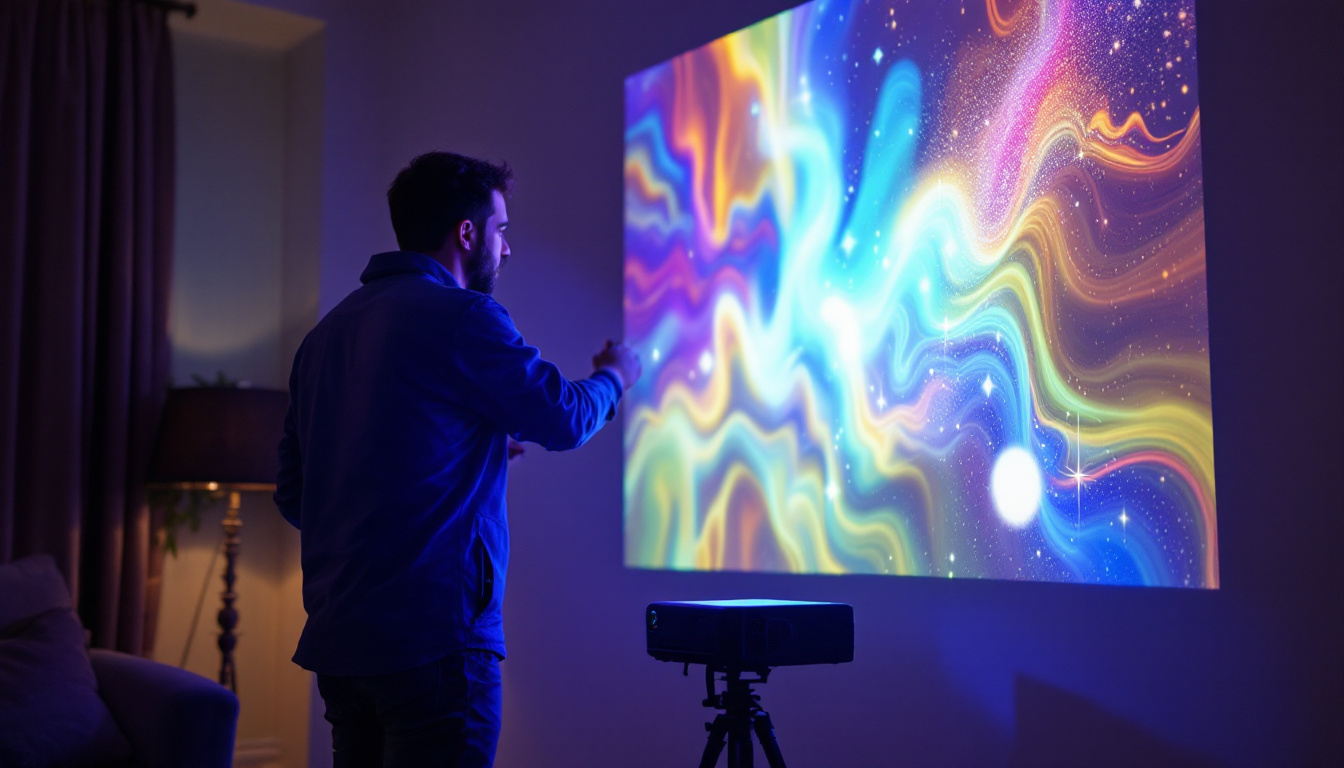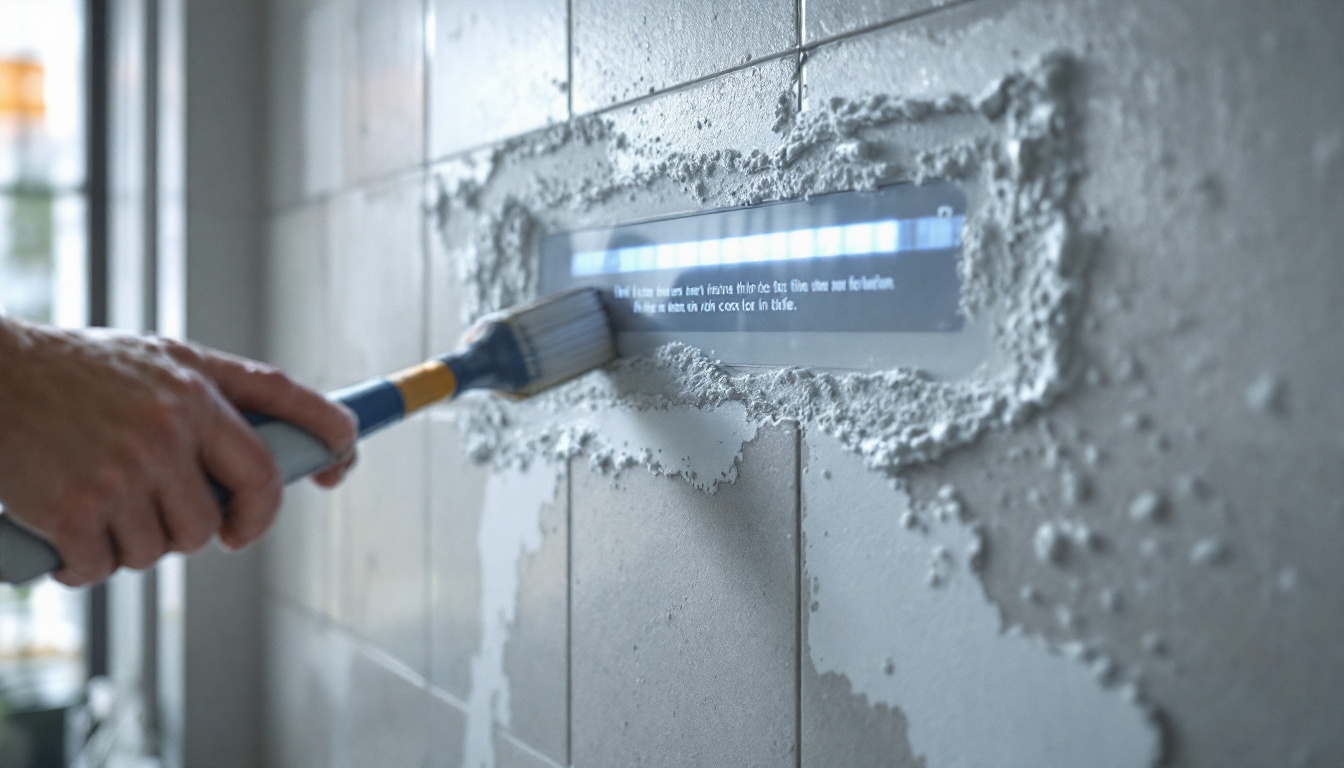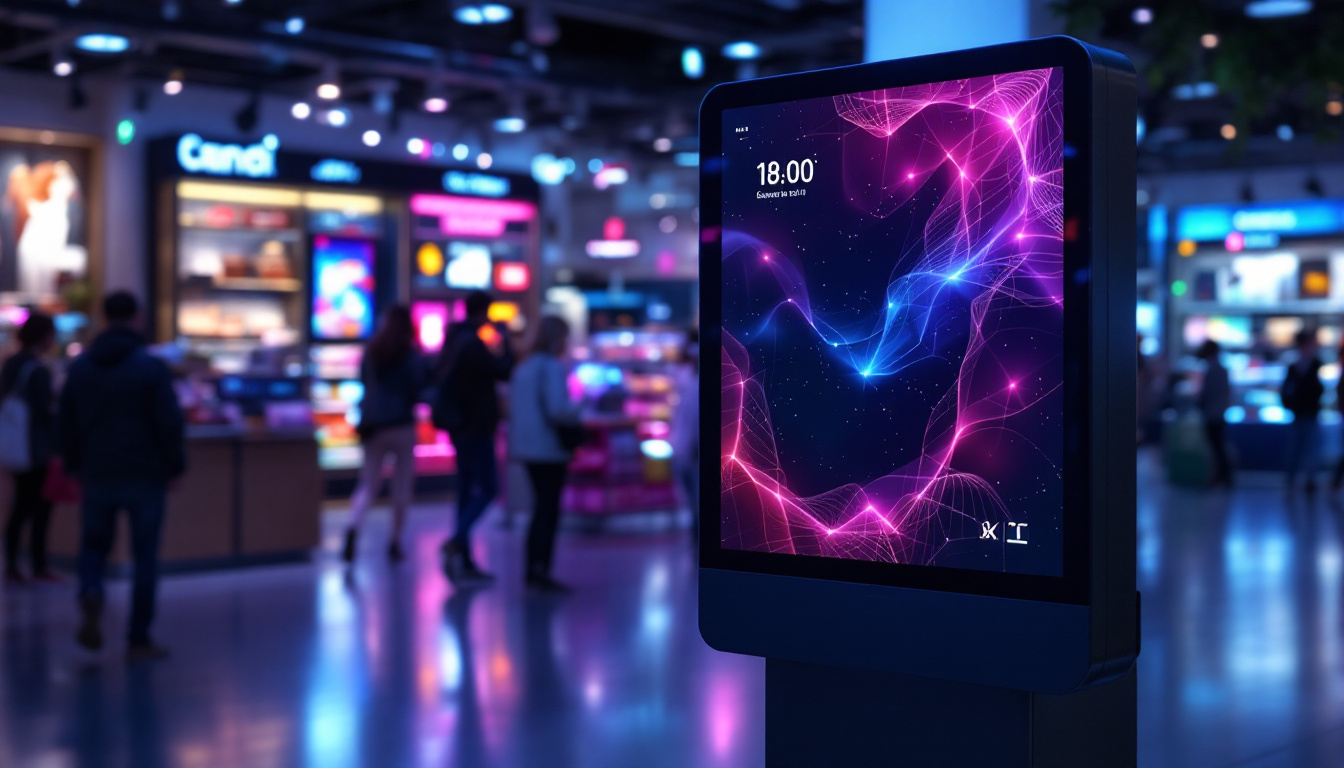In today’s technologically advanced world, the need for precise measurement tools has never been more critical. Multifunction meters, equipped with LED displays, have emerged as essential instruments in various fields, including electrical engineering, HVAC, and automotive diagnostics. This article delves into the intricacies of multifunction meters, focusing on their LED displays, functionality, and applications.
Understanding Multifunction Meters
A multifunction meter is a versatile device that can measure multiple electrical parameters, such as voltage, current, resistance, frequency, and capacitance. These meters are particularly valuable for technicians and engineers who require a single tool to perform various measurements efficiently. The ability to switch between different measurement modes quickly allows professionals to conduct comprehensive assessments without the hassle of changing equipment, thus streamlining their workflow.
Typically, multifunction meters come with a range of features that enhance their usability, including data logging, trend analysis, and connectivity options. The integration of LED displays has further revolutionized how these devices present information, making it easier for users to interpret data quickly and accurately. Additionally, many multifunction meters are designed with rugged casings to withstand harsh environmental conditions, ensuring reliability in both indoor and outdoor settings.
Key Features of Multifunction Meters
Multifunction meters boast several features that set them apart from traditional measuring instruments. One of the most significant advantages is their ability to perform multiple measurements simultaneously. This capability not only saves time but also reduces the need for carrying multiple devices. For instance, while troubleshooting electrical systems, a technician can measure voltage and current at the same time, providing a more comprehensive view of the system’s performance.
Another essential feature is the data storage option, which allows users to save measurements for later analysis. Many modern multifunction meters also offer Bluetooth or Wi-Fi connectivity, enabling users to transfer data to smartphones or computers for further processing. This connectivity is particularly useful for remote monitoring and data sharing among team members, facilitating collaborative troubleshooting and project management. Furthermore, some advanced models come equipped with software that enables users to generate detailed reports and visualizations of their measurements, enhancing the overall analytical capabilities.
The Role of LED Displays
The LED display is a crucial component of multifunction meters, serving as the primary interface between the user and the device. LED displays are favored for their brightness, clarity, and energy efficiency. They provide real-time readings, which are vital for accurate measurements in various environments. The intuitive layout of these displays often includes graphical indicators and icons that guide users through the different functions, making it easier for even novice users to operate the device effectively.
Moreover, LED displays often incorporate backlighting, making them usable in low-light conditions. This feature is particularly beneficial for field technicians who may need to work in dimly lit areas. In addition to backlighting, some multifunction meters feature adjustable display settings, allowing users to customize the brightness and contrast according to their preferences and environmental conditions. This adaptability ensures that readings remain visible and easy to interpret, regardless of the surrounding light levels, thereby enhancing the overall user experience and accuracy of measurements.
Types of Measurements
Multifunction meters are designed to measure a wide array of electrical parameters. Understanding these measurements is essential for users to leverage the full potential of the device. These versatile tools are indispensable for electricians, engineers, and hobbyists alike, as they provide critical data that can help diagnose issues in electrical systems and optimize performance.
Voltage Measurement
Voltage measurement is one of the primary functions of a multifunction meter. These devices can measure both alternating current (AC) and direct current (DC) voltage. The LED display shows the voltage level in real-time, allowing users to monitor fluctuations and identify potential issues in electrical circuits. In addition to standard voltage measurements, many multifunction meters also offer features such as peak hold and min/max recording, which can be particularly useful for capturing transient voltage spikes that may occur in a circuit.
Accurate voltage readings are crucial for ensuring the safety and efficiency of electrical systems. For instance, in residential settings, monitoring voltage levels can help prevent damage to appliances and reduce energy costs. Furthermore, in industrial applications, maintaining proper voltage levels is vital for the longevity of machinery and equipment. By regularly checking voltage, operators can avoid costly downtime and ensure that systems are operating within their specified voltage ranges, thus enhancing overall productivity.
Current Measurement
Current measurement is another vital function of multifunction meters. These devices can measure both AC and DC current, providing users with insights into the flow of electricity through a circuit. The LED display presents current readings in various units, such as amperes (A), making it easy for users to interpret the data. Some advanced multifunction meters also feature true RMS (Root Mean Square) measurement capabilities, which allow for accurate readings of non-linear loads and complex waveforms commonly found in modern electrical systems.
Understanding current flow is essential for troubleshooting electrical problems. For example, if a circuit is drawing too much current, it may indicate a fault or overload, which could lead to equipment failure or safety hazards. Additionally, monitoring current can help in assessing the efficiency of electrical devices, as excessive current draw may suggest that a device is malfunctioning or that it is not operating at peak efficiency. This insight is invaluable for maintenance teams aiming to optimize performance and reduce energy waste.
Resistance and Continuity Testing
Resistance measurement is a critical feature of multifunction meters, allowing users to test the resistance of electrical components and circuits. The LED display provides clear readings, helping users determine whether a component is functioning correctly. Resistance testing is particularly useful for diagnosing issues in circuits, as it can reveal problems such as short circuits or open circuits, which may not be immediately apparent through voltage or current measurements alone.
Continuity testing is another essential function that ensures electrical connections are intact. By using the multifunction meter to test for continuity, technicians can quickly identify broken wires or faulty connections, streamlining the troubleshooting process. Many multifunction meters also emit an audible beep when continuity is detected, providing an immediate and intuitive way to confirm that a circuit is complete. This feature is especially beneficial in complex wiring systems, where visual inspection alone may not suffice to ensure that all connections are secure and functioning properly. Moreover, continuity testing can be instrumental in preventative maintenance, helping to catch potential failures before they escalate into more significant problems.
Applications of Multifunction Meters
Multifunction meters are widely used across various industries due to their versatility and efficiency. Their applications range from residential electrical work to complex industrial systems.
Electrical Engineering
In electrical engineering, multifunction meters are indispensable tools for designing, testing, and maintaining electrical systems. Engineers use these devices to measure voltage, current, and resistance, ensuring that systems operate within specified parameters.
Furthermore, multifunction meters play a vital role in compliance testing, where engineers must verify that electrical installations meet safety standards. The accuracy and reliability of these measurements are crucial for avoiding potential hazards.
HVAC Systems
In the HVAC industry, multifunction meters are used to diagnose and troubleshoot heating, ventilation, and air conditioning systems. Technicians rely on these devices to measure electrical parameters, ensuring that systems operate efficiently and effectively.
For example, measuring the current draw of a compressor can help technicians identify issues that may affect system performance. The LED display provides real-time data, allowing for quick assessments and timely repairs.
Automotive Diagnostics
In automotive diagnostics, multifunction meters are essential for troubleshooting electrical systems in vehicles. Technicians use these devices to measure voltage and current in various components, such as batteries, alternators, and sensors.
The LED display allows for easy interpretation of readings, enabling technicians to identify faults quickly. This efficiency is crucial in the automotive industry, where timely repairs can significantly impact customer satisfaction and operational efficiency.
Choosing the Right Multifunction Meter
When selecting a multifunction meter, several factors should be considered to ensure that the device meets specific needs and requirements.
Measurement Range and Accuracy
The measurement range and accuracy of a multifunction meter are critical factors to consider. Users should choose a device that can measure the parameters relevant to their work, whether it’s low-voltage applications or high-current systems. Additionally, accuracy is paramount; a meter with higher precision will provide more reliable readings, which is essential for critical applications.
Display Quality and Usability
The quality of the LED display can significantly impact the user experience. A clear, bright display with intuitive navigation makes it easier for users to access and interpret data. Features such as backlighting and large fonts can enhance usability, especially in challenging environments.
Durability and Safety Features
Durability is another essential consideration, particularly for those who will be using the meter in rugged conditions. Look for devices that are built to withstand drops, moisture, and dust. Additionally, safety features such as overvoltage protection and insulated probes are crucial for ensuring user safety during measurements.
Maintenance and Calibration
Proper maintenance and calibration of multifunction meters are vital for ensuring their longevity and accuracy. Regular checks can help identify potential issues before they escalate, ensuring reliable performance over time.
Routine Maintenance Practices
Routine maintenance practices for multifunction meters include cleaning the device, checking for physical damage, and ensuring that the battery is charged or replaced as needed. Keeping the device clean helps maintain the integrity of the measurements and extends its lifespan.
Additionally, users should regularly inspect the probes and leads for wear and tear, as damaged components can affect measurement accuracy. Replacing worn probes promptly is essential for maintaining reliable performance.
Calibration Procedures
Calibration is a critical aspect of maintaining the accuracy of multifunction meters. Users should follow the manufacturer’s guidelines for calibration frequency and procedures. Typically, calibration involves comparing the meter’s readings against a known standard and adjusting the device as necessary.
For professional applications, it may be beneficial to have the meter calibrated by a certified technician periodically. This ensures that the device remains within specified accuracy limits, providing users with confidence in their measurements.
Conclusion
Multifunction meters with LED displays are invaluable tools in various industries, offering versatility, accuracy, and efficiency. Understanding their features, applications, and maintenance practices is essential for maximizing their potential. As technology continues to evolve, multifunction meters will undoubtedly play an even more significant role in the future of measurement and diagnostics.
Investing in a high-quality multifunction meter can enhance productivity and ensure safety in electrical work. By selecting the right device and adhering to maintenance and calibration practices, users can enjoy the benefits of reliable measurements for years to come.
Discover LumenMatrix’s Advanced LED Display Solutions
As you consider the benefits of multifunction meters with LED displays, remember that the quality of the display can significantly impact your measurement experience. LumenMatrix, a pioneer in LED display technology, offers an array of sophisticated LED display modules that can transform how you visualize data. From Indoor and Outdoor LED Wall Displays to specialized solutions like Vehicle and Sports LED Displays, LumenMatrix is committed to enhancing your brand’s visibility and audience engagement. Embrace the future of visual communication with LumenMatrix’s innovative LED display solutions. Check out LumenMatrix LED Display Solutions today and experience the difference in clarity and performance.































